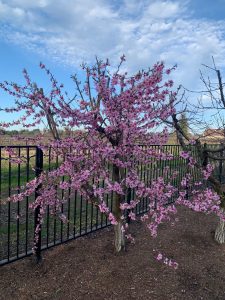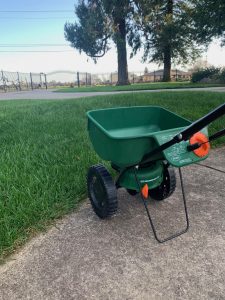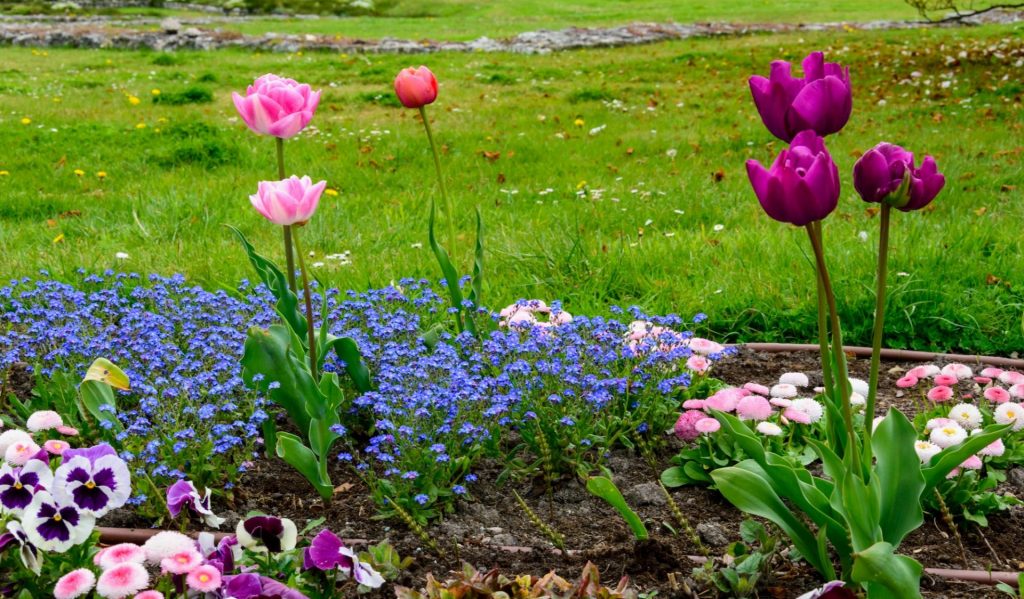I share some select product recommendations and this page contains affiliate links. If you take action (click on the link and purchase the product), I will earn some loose change. I hope you take advantage of my recommendations. You do not pay a higher price. – Jeffrey McLain
Your garden needs you now. A little bit of work now will pay dividends.
As the winter chill begins to wane and signs of spring emerge, avid gardeners eagerly prepare for the burst of life that March brings to their outdoor sanctuaries. March marks a crucial transitional period in the gardening calendar, where the garden shifts from its dormant winter state to a vibrant symphony of colors and fragrances. In this blog, we will explore the essential tasks that gardeners should focus on in March to ensure a bountiful and thriving garden throughout the coming season
As February comes to a close you will likely notice your lawn beginning to green up and grow fast, and deciduous trees coming to life. If you have an orchard, it is likely some of your trees are blooming. Unfortunately for me, gophers are waking up and beginning their root chewing. (If you have gopher problems, I have the perfect tool to recommend-the GopherHawk.)
Soil Preparation in the Garden

March is the ideal time to start preparing your soil for the upcoming growing season. Begin by clearing away any debris or weeds that may have accumulated over the winter. Once the soil is exposed, incorporate organic matter, such as compost or well-rotted manure, to enhance its fertility. This will provide a nutrient-rich foundation for your plants to thrive.
Mulching is a gardening practice that not only adds aesthetic appeal to your garden beds but also provides a host of benefits for plant health. Mulching should be a part of your soil preparation plan. This simple yet impactful technique involves spreading a layer of organic or inorganic material, such as bark, wood chips, straw, or compost, around the base of plants. Mulch acts as a protective blanket, shielding the soil from extreme temperatures, suppressing weed growth, and conserving moisture by reducing evaporation.
Additionally, mulching contributes to soil fertility as it breaks down over time, enriching the earth with essential nutrients. Beyond its functional aspects, mulching adds a polished look to your garden, creating a tidy and well-maintained appearance that enhances the overall visual appeal of your outdoor space. March is the perfect time to mulch to put a blanket on your soil before the heat and dryness in spring and summer.
Pruning and Trimming
Before the new growth begins in earnest, take the time to prune and trim your shrubs, trees, and perennials. Remove dead or damaged branches to encourage healthy development and shape the plants for the coming season. Be mindful of each plant’s specific pruning requirements, as some may benefit from a light trim, while others might need more extensive pruning.
Late-February or early March is a great time to prune your roses. Pruning roses enhances the aesthetic appeal of these beloved flowering plants but also promotes their overall health and vigor. This process involves the selective removal of dead, damaged, or overgrown branches, stimulating the growth of new shoots and encouraging the development of more robust blooms.
Timing is crucial when it comes to rose pruning, typically performed during late winter or early spring to coincide with the plant’s dormant phase. Yes, February is a great time. Careful attention to the angle and precision of each cut is vital, as proper pruning not only shapes the rose bush but also improves air circulation, reducing the risk of diseases. By removing spent blossoms and focusing on creating an open and balanced structure, gardeners ensure that their roses receive optimal sunlight and nutrients.
Seed Starting
If you haven’t already started your seeds indoors, March is the perfect time to begin. Start seeds for vegetables, herbs, and flowers that require a longer growing season. Use seed trays or small pots, and ensure they receive adequate light and warmth for germination. As the weather becomes milder, consider transplanting seedlings outdoors when they are robust enough to withstand the conditions.
One of the most rewarding and cost-effective ways to kickstart your garden is by mastering the art of seed starting. Check out my seed starting blog to learn about the ins and outs of starting garden plants from seed, from selecting the right seeds to nurturing seedlings until they are ready to thrive in your outdoor garden. Learn how to start seeds indoors and avoid common seed starting mistakes.
Weed Control

As the garden awakens, so do the weeds. March is the ideal time to get a head start on weed control before they have a chance to take over. Regularly inspect your garden beds and remove any emerging weeds by hand or with the help of gardening tools. Applying a layer of mulch after weeding can help suppress further weed growth and retain soil moisture.
There is something called Integrated Weed Management that recommends a combination of methods to optimize control while minimizing environmental impact. Balancing the need for weed control with ecological considerations is essential for fostering sustainable agriculture and maintaining the biodiversity of natural ecosystems. Sounds good yes? That means you use mulch, hand pulling, and other practices in combination with chemicals.
The soil is typically moist in March, allowing for easy weed pulling. It is best to get a jump on this before that soil gets hard as a rock. There comes a time, when I have to use chemicals in some areas to control my weeds (not where I grow food!). My go-to is Roundup. I only spray this chemical a few times a year and it helps me get my weeds under control quickly.
Fertilization
As plants begin to wake up from their winter slumber, they require a nutrient boost to support their growth. Apply a balanced, slow-release fertilizer to your garden beds, taking care not to over-fertilize. Different plants have varying nutrient requirements, so tailor your fertilizer application based on the specific needs of each type of plant in your garden.
I use steer and chicken manure in my vegetable garden beds. Preferably organic. I generally find that my orchard does not need fertilizing as the trees are vigorous without my help.
Lawn Care

Give your lawn some attention by raking away any debris, such as fallen leaves or twigs. Aerating the soil helps improve water and nutrient absorption, promoting a healthier lawn. If needed, apply a spring-appropriate lawn fertilizer to encourage lush, green growth.
You can apply fertilizer to your lawn using many type of spreaders. My favorite is the Scotts EdgeGuard. You can use all type of fertilizer with this easy to use spreader. Consider spreading organic fertilizer with this mid-sized spreader.
March is a pivotal month for gardeners, signaling the start of a new growing season and the promise of a vibrant, flourishing garden. By dedicating time to these essential tasks, you set the stage for a successful and rewarding gardening experience throughout the coming months. Embrace the beauty of spring, and watch as your garden transforms into a haven of color, fragrance, and vitality. Happy gardening!

